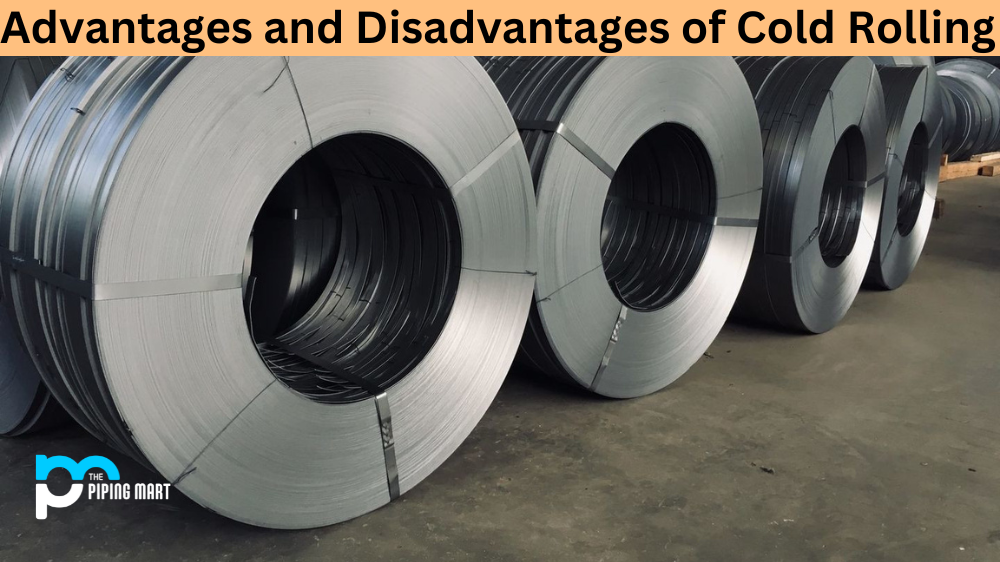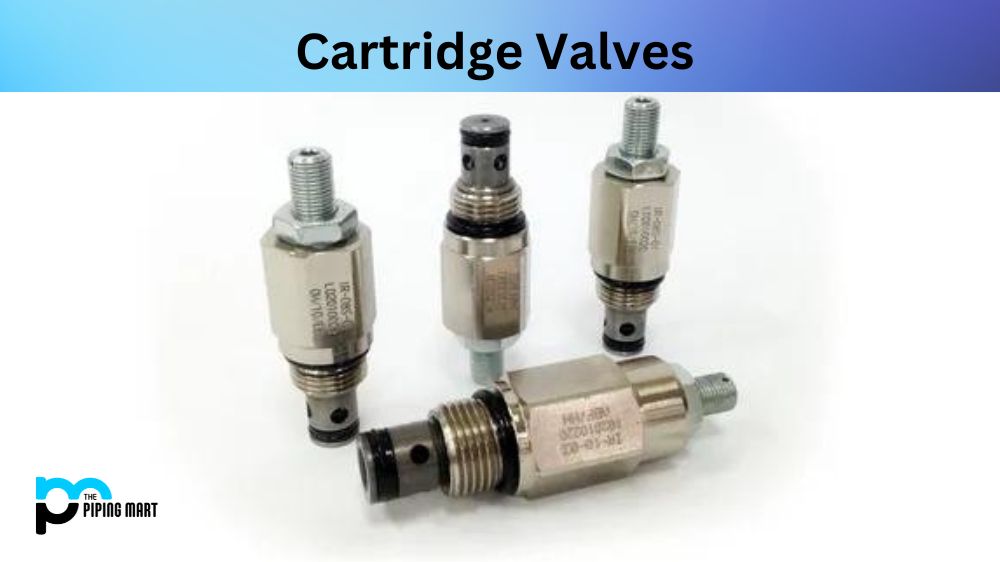Cold rolling is a metalworking process that is used to shape and strengthen materials. This type of processing can help streamline production processes and reduce costs for many businesses. But it’s important to understand the advantages and disadvantages of cold rolling before deciding if it’s the right choice for your business. Let’s take a look at some of the pros and cons.
Advantages of Cold Rolling
The biggest advantage of cold rolling is that it allows you to produce more with less energy, which reduces costs and increases efficiency. Additionally, this type of rolling can also increase the strength of materials without changing their size or shape, as well as improve surface finish and accuracy. Cold rolling also helps to minimize scrap material, as any material that is not suitable for cold rolling can be cut off before being rolled into shape. Finally, another advantage is that this process makes parts stronger than hot-rolled parts since the grain structure becomes denser during the process.
- Cold rolling is a process that can be used to strengthen and harden materials such as metals.
- The process of cold rolling involves passing the material through a pair of rollers at a temperature that is below the material’s recrystallization temperature.
- Cold rolling can be used to reduce the thickness of a material, as well as to impart desired properties such as increased hardness or improved surface finish.
- One of the primary advantages of cold rolling is that it can be used to create materials with very high strength-to-weight ratios.
- Additionally, cold rolling can be used to create materials with enhanced wear resistance or improved corrosion resistance.
- Finally, cold rolling is a relatively efficient process that can be performed quickly and easily.
Disadvantages of Cold Rolling
One disadvantage of cold rolling is that it has some limitations when it comes to the type of materials that can be used in this process. For example, materials such as aluminium or copper must be annealed before being processed in order to avoid cracking or stress-induced fracturing due to internal strains created during deformation. Another potential downside is that parts are subject to tool wear, meaning they may need frequent replacement in order to maintain quality and accuracy over time. Furthermore, compared to hot-rolling, there are fewer options available when controlling tolerances because reducing material thickness creates a limited range of shapes and sizes available for use with cold-rolling equipment.
- Cold rolling can be a very expensive process.
- Cold rolling can cause the material to become brittle.
- Cold rolling can cause the material to lose its temper.
- Cold rolling can cause the material to lose its ductility.
- Cold rolling can cause the material to lose its strength.
- Cold rolling can cause the material to warp or distort.
Conclusion:
Cold rolling can be a great way to reduce costs while creating stronger materials faster than ever before – but it’s not right for every situation. If you’re considering using cold rolling for your business, make sure you weigh all the pros and cons so you can make an informed decision about whether or not this process will work best for your particular needs and goals. With careful consideration and planning, you should be able to find out if cold rolling is right for you!

Abhishek is a seasoned blogger and industry expert, sharing his insights and knowledge on various topics. With his research, Abhishek offers valuable insights and tips for professionals and enthusiasts. Follow him for expert advice on the latest trends and developments in the metal industry.




